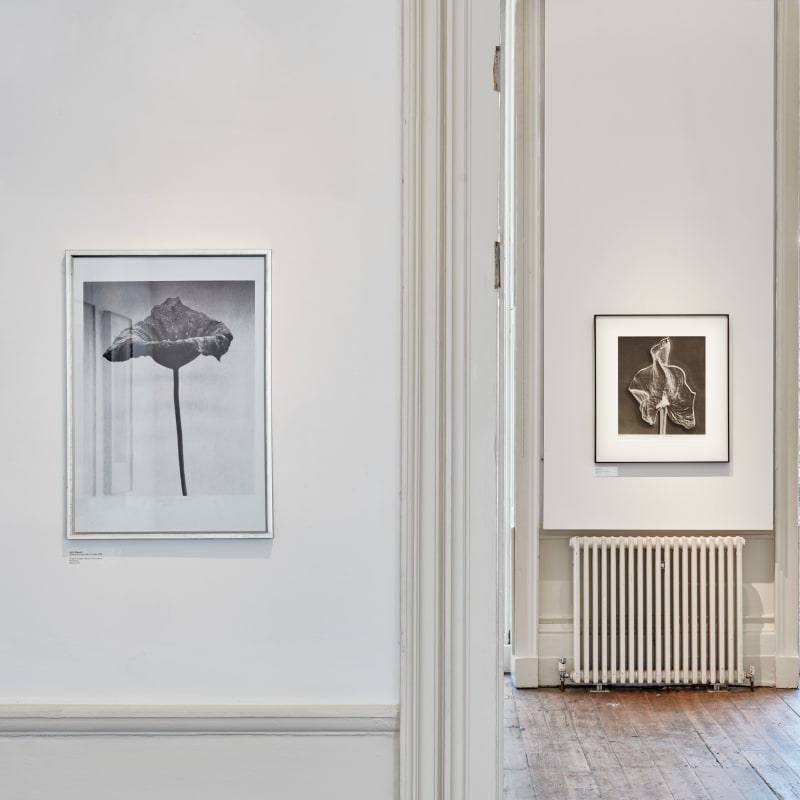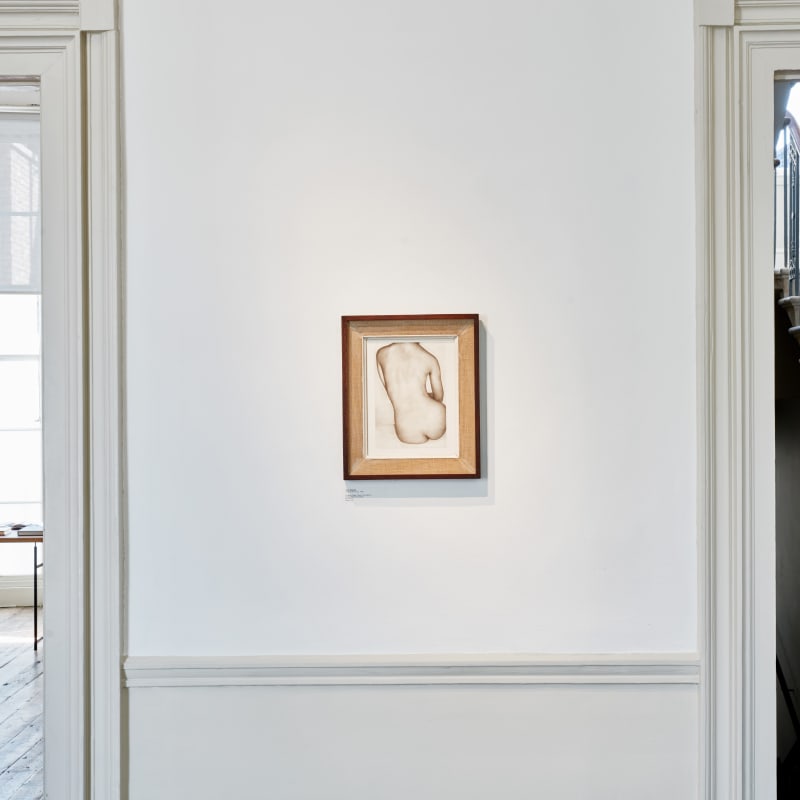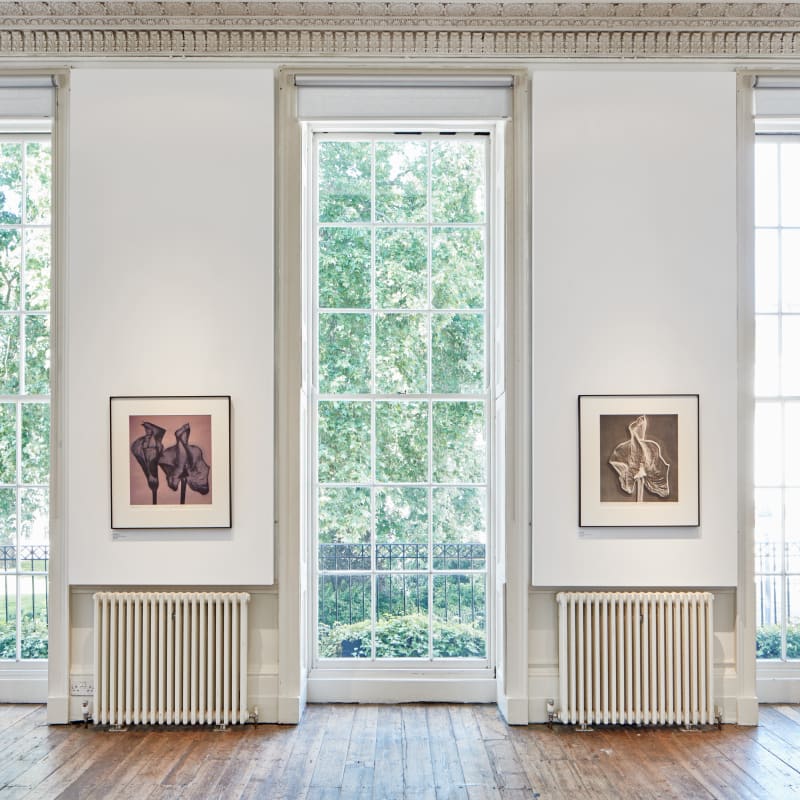Tristan Hoare is delighted to present Stillness, an exhibition of flowers and nudes by John Stewart.
John Stewart (1919 – 2017) lived a fascinating life – born in London and raised in Paris, he was drafted into the British Army for six years, of which three-and-a-half were spent in POW camps on the River Kwai. His career as a photographer only began in the 1950s in New York, where he was fortunate enough to be trained by the celebrated Russian art director of Harpers Bazaar, Alexey Brodovitch. A notoriously tough task master, Brodovitch valued talent, imagination and originality above all else, and forged Stewart into a “maid-of-all-work.” In this way, he was comfortable on all assignments, whether fashion, beauty, portraits or still-life; consequently, Stewart’s work was published by all the leading magazines of the day.
In the mid-1970s, Stewart closed his photography studio and moved back to Europe where he began to concentrate on his own images. He rediscovered his love of still-life and focused his energy on everyday objects: watering cans, rusty tools, vegetables, flowers, nudes and draperies were a few of his obsessions. Although he worked wherever he found his subjects, he favoured the studio with its set space and controllable light.
Stewart’s nudes, exhibited in the UK for the first time, are a complement to the subtle beauty and sensuality of his flowers. He did not take many (there are four in this exhibition), but the texture and line are reminiscent of his flowers, and seem closer to drawing and painting than to photography. He often spoke of his intention to ‘create’ photographs rather than ‘take’ them, and there is little doubt he achieved this. In order to help him in this quest, he often used a 19th century process of making photographic prints known as Charcoal Printing. This process is still practiced by the descendants of its inventor Theodore-Henri Fresson and uses pigments rather than silver salts that, according to Stewart, “allow for deep, powerful blacks and a kind of sensuality unknown in conventional printing.” Many of the photographs in this exhibition demonstrate the harmony of Stewart’s vision with Fresson’s technique.



